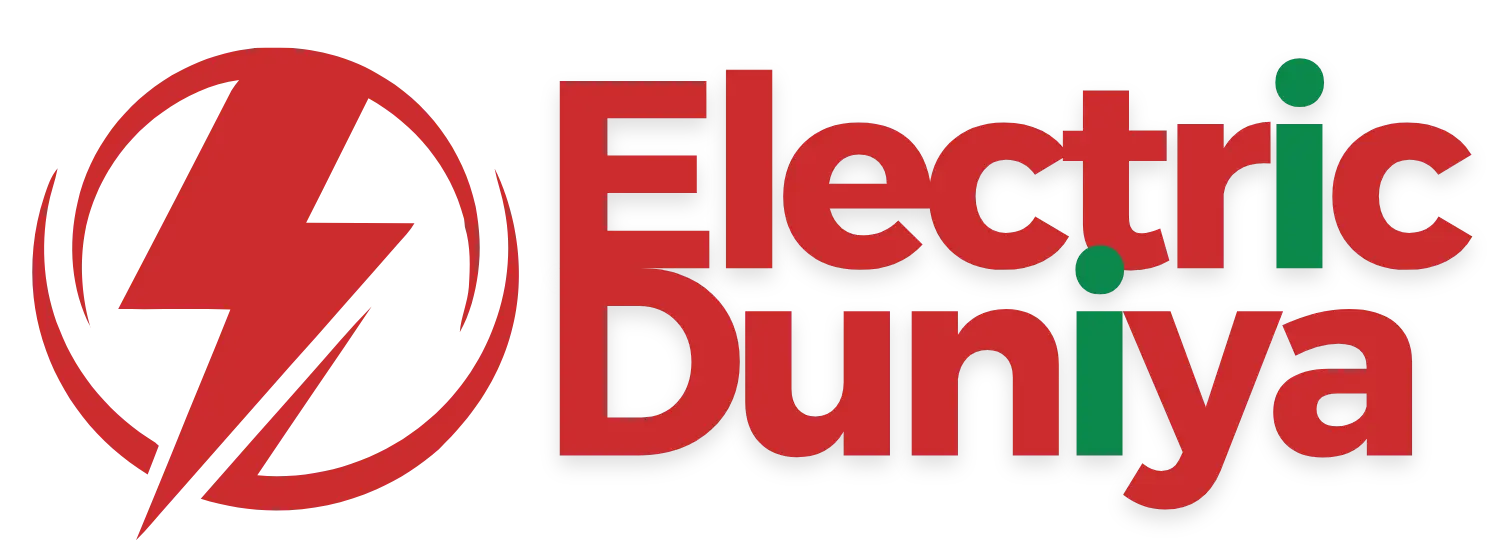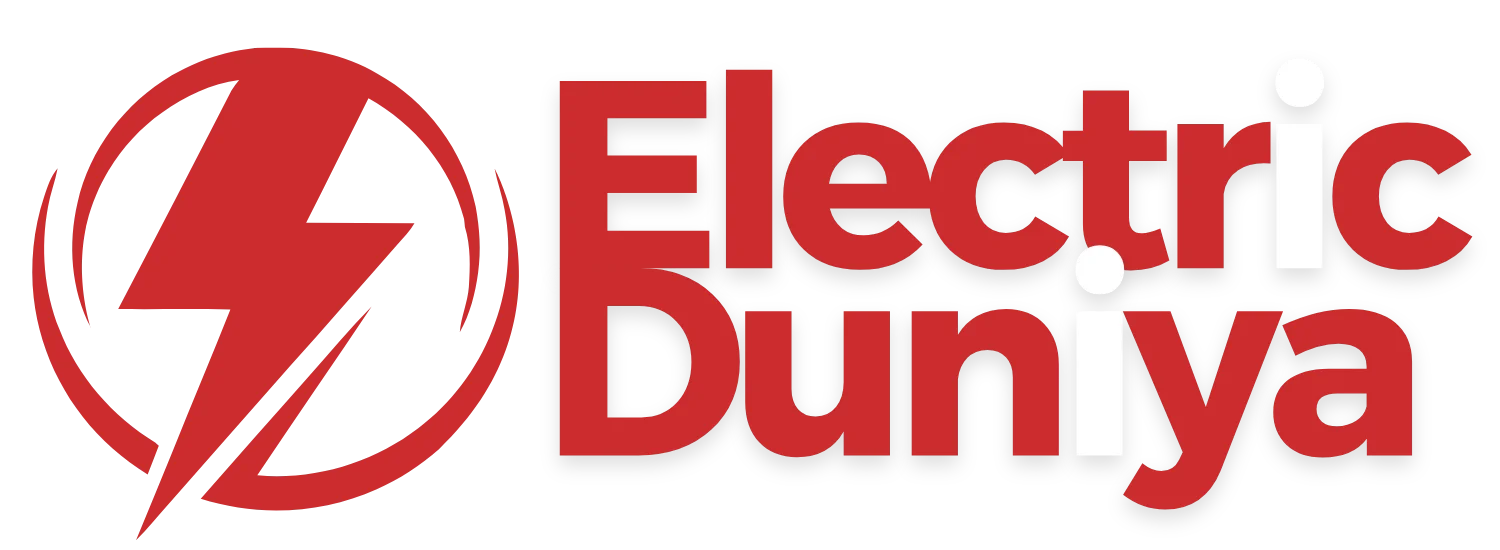Inverter
An inverter in an electric vehicle (EV) is an electronic device that converts direct current (DC) from the battery into alternating current (AC) to power the electric motor.
Overview
The inverter is a critical component in the power electronics system of an electric vehicle. While the high-voltage battery stores energy as DC, most traction motors in EVs require AC to operate. The inverter bridges this gap by converting and controlling the flow of energy, ensuring smooth propulsion, efficient power delivery, and regenerative braking functionality.
Beyond simple conversion, modern EV inverters also regulate torque, speed, and motor performance. By synchronizing motor functions with driver inputs, they enhance efficiency, driving dynamics, and overall range. As EV technology advances, inverters are becoming more compact, efficient, and intelligent, enabling higher performance without sacrificing energy efficiency.
How Does It Work?
The operation of an EV inverter involves several steps:
-
DC-to-AC Conversion – The inverter uses semiconductor switches (like IGBTs or MOSFETs) to rapidly alternate current flow, creating AC from the DC battery supply.
-
Pulse-Width Modulation (PWM) – Controls voltage and frequency supplied to the motor, determining torque and speed.
-
Bidirectional Flow – During regenerative braking, the inverter reverses its role, converting AC from the motor back into DC to recharge the battery.
-
Integration with Control Systems – Works closely with the Vehicle Control Unit (VCU) and Battery Management System (BMS) to optimize energy use and protect the drivetrain.
This precise control allows EVs to accelerate smoothly, climb steep gradients, and recover energy efficiently.
Features of the Inverter
-
Efficient Power Conversion
Minimizes energy losses while delivering DC-to-AC and AC-to-DC conversions.
-
Regenerative Capability
Enables energy recovery during braking, extending range and battery life.
-
Dynamic Motor Control
Regulates torque, acceleration, and speed for better driving dynamics.
-
Thermal Management
Equipped with cooling systems to prevent overheating during high loads.
-
Compact & Lightweight Design
Modern inverters integrate seamlessly into EV architectures to save space and weight.
Applications in EV
-
Propulsion Control: Converts stored battery energy into usable motor power for driving.
-
Regenerative Braking: Converts motor-generated AC back into DC to recharge the battery.
-
Performance Tuning: Provides variable frequency and voltage adjustments for smoother rides.
-
Fleet & Commercial EVs: Ensures reliability in buses, delivery vans, and trucks under heavy loads.
-
High-Performance EVs: Supports advanced motor technologies for sports cars and premium models.
Conclusion
The inverter is the nerve center of EV power electronics, enabling efficient energy conversion and precise motor control. Without it, the seamless integration of high-capacity batteries and electric motors would not be possible. As semiconductor technology evolves, next-generation inverters promise higher efficiency, faster switching speeds, and enhanced thermal resilience—making them indispensable to the future of electric mobility.

